This post contains affiliate links. Read the full disclosure here.
How to Fix a Pinhole Leak in a Copp...
Please enable JavaScript
How to Fix a Pinhole Leak in a Copper Pipe?
A tire pressure sensor monitor ( TPMS) is a sort of electronic device that is capable of monitoring the air pressure inside pneumatic tires on all vehicles. It usually gives real-time pressure information to the driver through various means.
These means could be a gauge, a pictogram display, or even a very simple low tire air pressure warning light coming on.
Can Tire Pressure Sensors Leak Air? Certainly tire pressure sensors can and do leak air if conditions permit, such as when you remove a rubber snap-in valve based TPMS, the sensor from a wheel, or replace a tire sensor with an incompatible or new TPMS snap-in valve that is only designed to be used with a TPMS sensor.
Should you, for whatever reason, attempt to reuse the original rubber snap-in valve and its core, air may also leak out of your tire too.
Table Of Contents
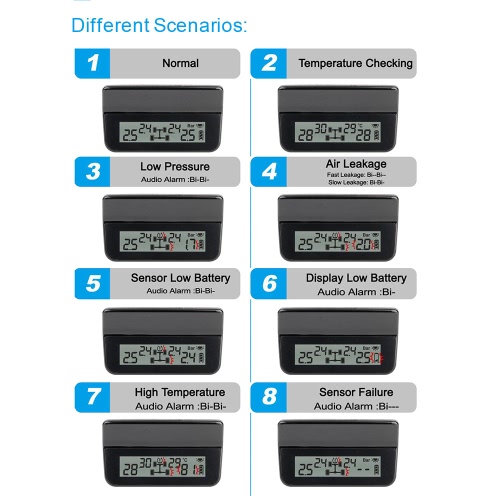 1 Similar Posts
1 Similar PostsYes, a TPMS can leak air provided the necessary conditions allow it to. For instance, if you replace an old one with a new TPMS snap-in valve meant for use only with a TPMS sensor, air may leak out due mainly to their incompatibility.
Secondly, if you make any attempt to reuse an original rubber snap-in valve and its core, the tire air may also go out. In fact, various kinds of malfunctions can make a tire pressure monitor sensor leak air profusely.
How do I know if my TPS ( tire pressure sensor) is bad?It is indeed easy for you to know whether your tire pressure sensor is bad or not. Sometimes, the TPS warning light may suddenly come on, but after driving for a short while, the light may go off, if everything is fine.
However, if it refuses to go off as it should, and you later discover your tire pressure to be normal after inspection, then obviously you may have a tire pressure sensor malfunction on your hands.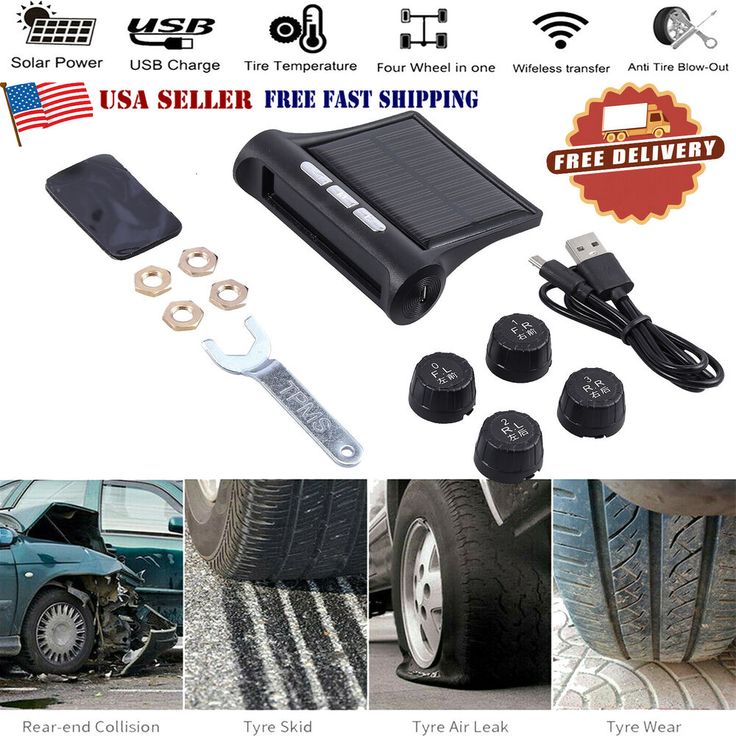 Some of the following symptoms diagnose a TPS sensor malfunction or damage :
Some of the following symptoms diagnose a TPS sensor malfunction or damage :
( 1). Showing low tire air pressure even when they are normal. In other words, giving out a false alarm.
( 2). TPMS warning light illuminates. Sometimes the warning light of the system may come on even when there are no reasons for it to.
( 3). If the device gives out an incorrect warning not related to any tire air pressure conditions, it implies a bad sensor as well.
Furthermore, if the device fails to give you any warning to notify you of a deflated tire, it may be bad. Also, if its warning light does not come on in the presence of a depressurized tire, it is a bad sign too. The sensor can also signal its malfunction if it gives wrong warning signals when nothing is actually the matter with your tires at all.
How do you fix a leaking tire pressure sensor?If your tire pressure sensor is leaking, the first step is to determine the cause of the leak. In some cases, the sensor itself may be faulty and will need to be replaced. However, the leak may also be due to a damaged tire or a faulty valve stem.
However, the leak may also be due to a damaged tire or a faulty valve stem.
If the sensor itself is the cause of the leak, you will need to have it replaced by a professional. Your vehicle’s manufacturer or a tire shop will be able to provide a replacement sensor and install it properly.
Watch this video on YouTube
If the leak is due to a damaged tire or a faulty valve stem, you will need to have the tire repaired or replaced and the valve stem replaced. This should be done by a professional, as improper repairs can cause further damage and safety concerns.
In general, it is important to address a leaking tire pressure sensor as soon as possible to avoid further damage and maintain the safety and performance of your vehicle. A professional mechanic or tire shop will be able to diagnose and repair the problem quickly and effectively.
Trending Searches
It is certainly wrong to drive with a tire pressure sensor fault.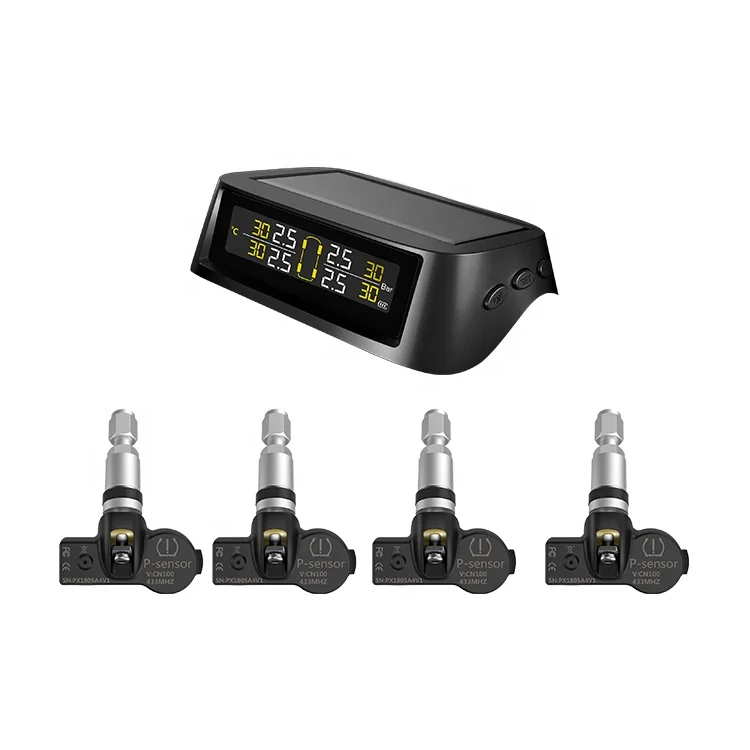 This is particularly so when the TPMS light stays on permanently. If the light stays on, it simply means that your tires are under or over-inflated.
This is particularly so when the TPMS light stays on permanently. If the light stays on, it simply means that your tires are under or over-inflated.
This development can cause unnecessary accelerated wear of the tires, which could lead to tire failure or even a sudden blowout. This is agreeably a dangerous situation for both you and other road users as well.
How long does TPS last?The lifespan of a tire pressure sensor (TPS) can vary depending on several factors, such as the quality of the sensor, the conditions in which the vehicle is driven, and the maintenance and care provided to the sensor. In general, a tire pressure sensor can last for several years before it needs to be replaced.
Some tire pressure sensors are designed to last longer than others, and may contain special materials or technologies that help extend their durability. For example, some TPSs are made with high-quality materials that are resistant to wear and tear, and can withstand extreme temperatures and conditions.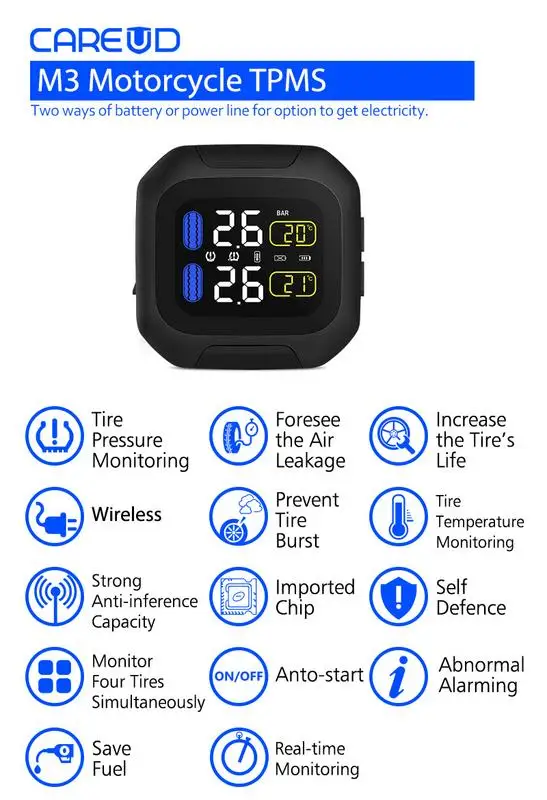
In addition, the conditions in which the vehicle is driven can also affect the lifespan of a tire pressure sensor. If the vehicle is regularly driven on rough or uneven roads, for example, the sensor may be subjected to more stress and may need to be replaced more frequently.
Tire pressure sensors use the Lithium-ion battery in most cases, which can last for as long as between 5 to 10 tears, though about 5 to 6 years is their projected safe life span for the older versions of tire pressure sensors.
Overall, the lifespan of a tire pressure sensor can vary depending on the specific product and the conditions in which the vehicle is driven. It is typically recommended to have the sensor checked and replaced as needed to ensure the best possible performance and safety of your vehicle.
How do you remove TPMS?To remove a tire pressure monitoring system (TPMS) from your vehicle, you will need to follow these steps:
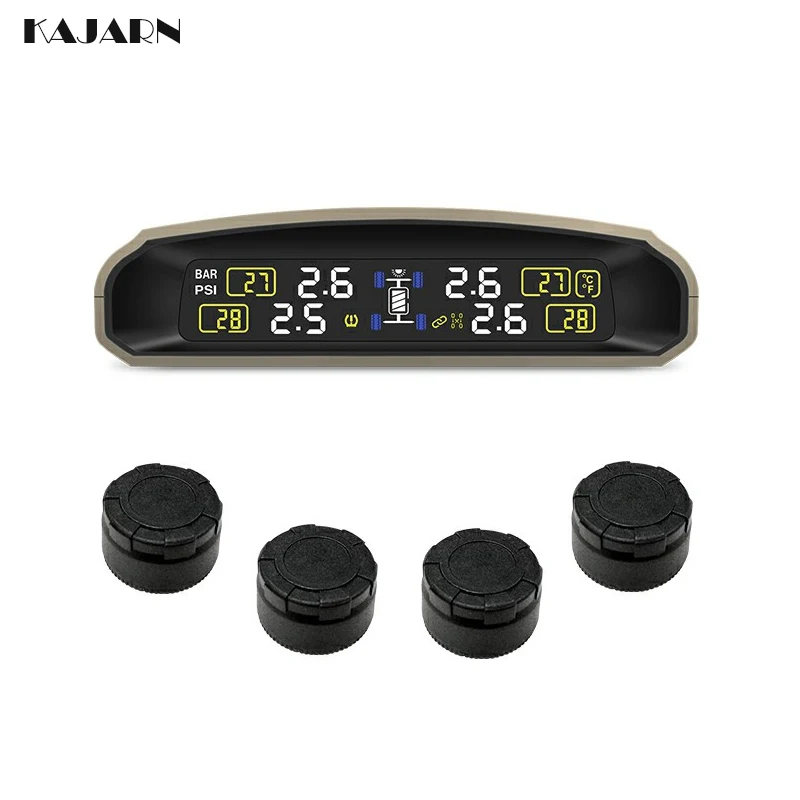 The sensors are typically located on the inside of the wheel, near the valve stem.
The sensors are typically located on the inside of the wheel, near the valve stem.By following these steps, you can remove and replace a TPMS from your vehicle quickly and easily.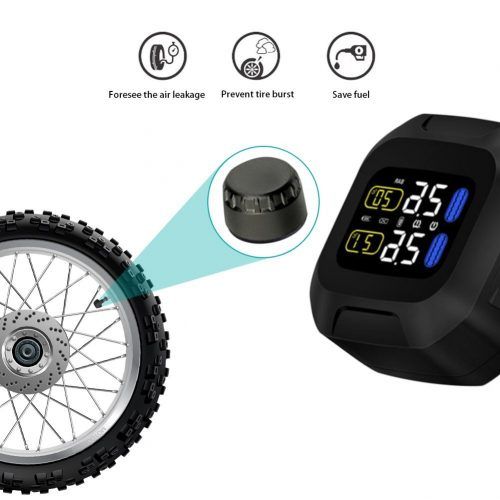 It is important to follow the instructions provided with the TPMS and to use the proper tools and techniques to avoid damaging the sensors or the wheels.
It is important to follow the instructions provided with the TPMS and to use the proper tools and techniques to avoid damaging the sensors or the wheels.
If your tire pressure monitoring system (TPMS) sensor is not functioning properly, you may be able to fix it without replacing it. Here are a few potential solutions:
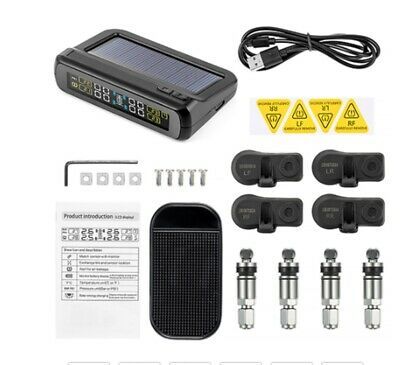 If the sensor is physically damaged or not functioning properly, you may need to have it repaired or replaced. In some cases, a professional mechanic or tire shop may be able to repair the sensor, but in other cases, the sensor may need to be replaced.
If the sensor is physically damaged or not functioning properly, you may need to have it repaired or replaced. In some cases, a professional mechanic or tire shop may be able to repair the sensor, but in other cases, the sensor may need to be replaced.In general, it is often more effective and cost-efficient to replace a faulty TPMS sensor rather than trying to repair it. However, if you are able to diagnose and fix the problem without replacing the sensor, it may be possible to restore its functionality without incurring the cost of
No, you cannot. If you replace a TPS sensor with a regular or conventional valve stem, it is an avenue given for your tires to leak air. In other words, the TPS is not compatible with a regular valve stem. Simple.
When should a TPS be replaced?A tire pressure sensor should be replaced whenever it begins to leak air unnecessarily.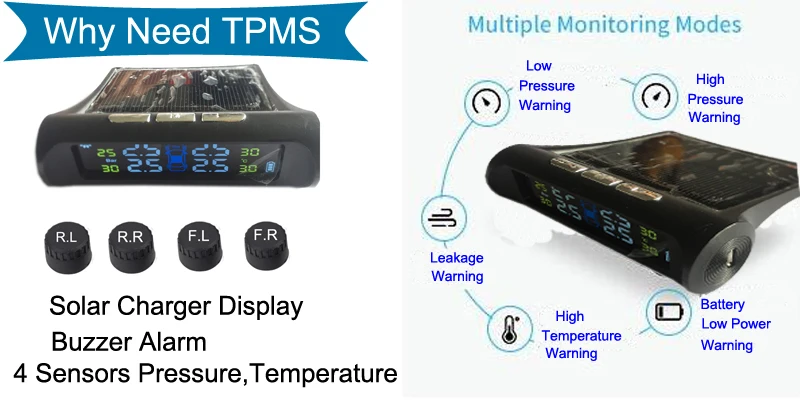 It is also due for replacement when it gives false alarms and generally functions in ways that are simply unusual or not normal.
It is also due for replacement when it gives false alarms and generally functions in ways that are simply unusual or not normal.
Of course, Walmart installs tires. In fact, Walmart offers all kinds of basic tire services including a road hazard protection warranty as well. At Walmart, valve stems or TPMS service installation cost only about 3 dollars for each tire. In reality, Walmart installs tire valve stems even on cars that do not have the TPMS.
Can Walmart program TPMS sensors?Definitely, Walmart programs TPMS sensors. A sensor can relearn itself while just driving for a few miles only if you have the original TPMS on the wheel.
However, you should make sure that your tires have sufficient air based on how many PSI is on the sticker on the driver’s door.
A new TPMS sensor has got to be reset with a special tool. All valve stems issued from the aftermarket TPMS sensors that come as programmable, universal, or clone-able sensor units, can be reprogrammed.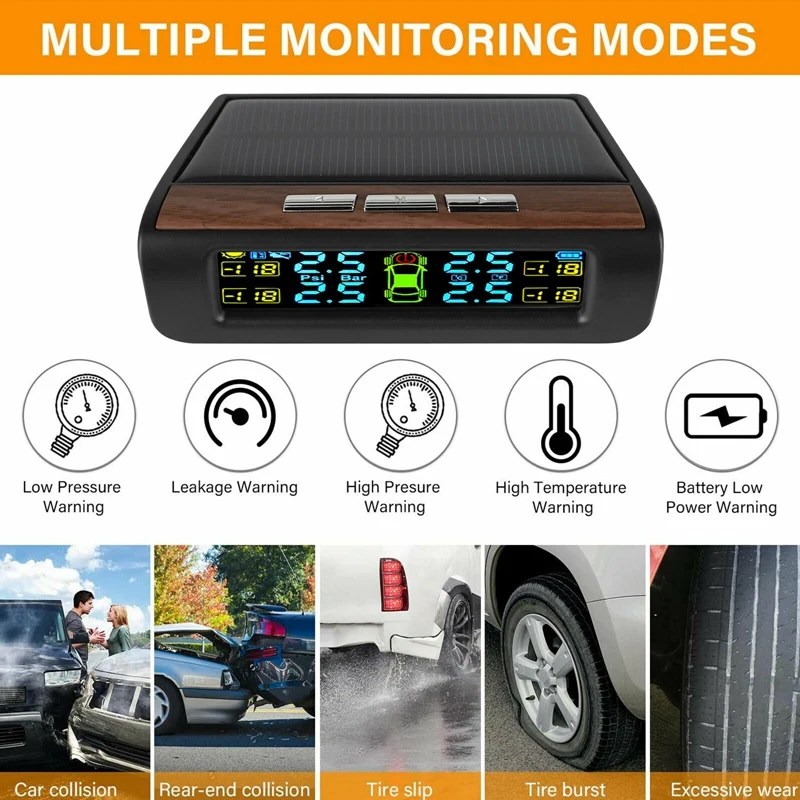
However, these sensors must be programmed using the proper protocol or application details for the vehicle before they can be installed.
Will Walmart installs the tires you bring in?Yes, Walmart will install tires you bring in, provided such tires are bought at any Walmart store with a Tire and Lube Express. You can have recommended tires installed at Walmart even though the cost of doing so may vary from place to place.
To get this done without any delay, simply print a copy of your order confirmation page or email, and bring the same when you pick up your tires. This will definitely give you a faster in-store service always.
Is TPMS worth it?Yes, TPMS, as the latest technology in proper tire use and maintenance is more than worth it, if I may say. In addition, the good news is that you really do not have to replace all 4 tires with TPMS if only about 1 or 2 are faulty.
This has the tendency to reduce the overall expenses or costs of any replacements. So, yes, TPMS is certainly worth it.
So, yes, TPMS is certainly worth it.
This depends on a lot of things really. Notably, most experts recommend that you should service your TPMS after changing or installing new tires or wheels by just replacing their valve cores, while at the same time retaining their nut seals and caps on the valve stems.
After all, these, test the system in order to make sure that everything is just fine. Many direct systems are known to display the actual air pressure in each tire.
So, essentially, you may not really have to change the entire TPMS whenever you are changing tires since you have the option of changing only their valve cores while retaining the nut seals and caps of the valve stems.
What is the cost of TPMS?The cost of TPMS service and replacement varies from one auto shop to another. However, for most auto specialists, the cost starts from about 40 to 100 dollars for each sensor.
This will ultimately give you about 160 and 500 dollars for a set of 4 sensors.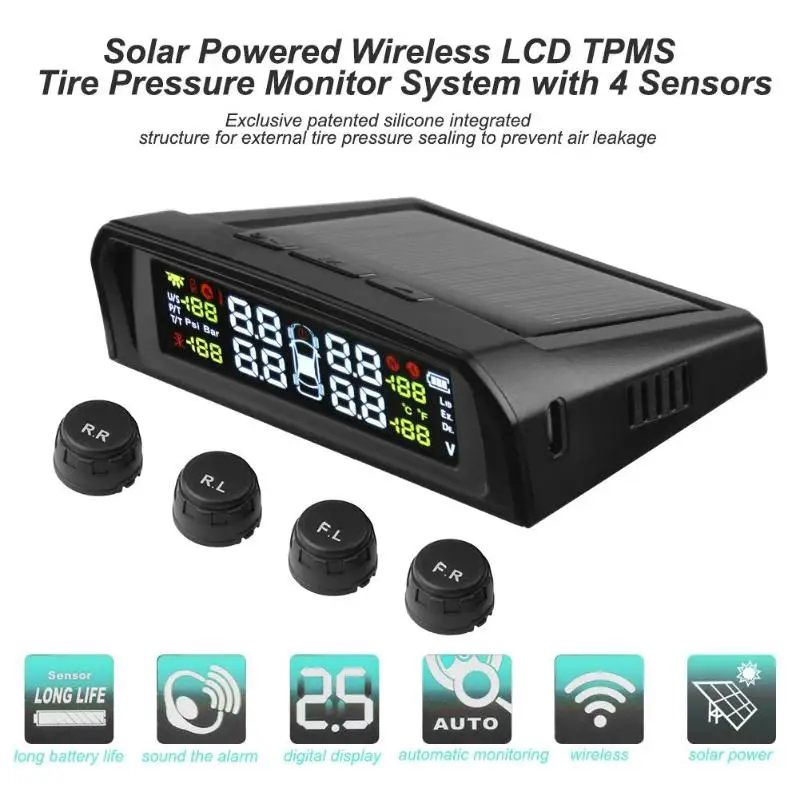 In reality, it costs close to 30 or 70 dollars including the labor of installation.
In reality, it costs close to 30 or 70 dollars including the labor of installation.
A careful online search will likely reveal some of the most reliable auto shops nearest to you that can do it well.
How long can you drive with a TPMS light on?Generally, your TPMS light is supposed to come on whenever there is something the matter with your tires or their accessories. However, sometimes the lights can come on even when there are no complaints.
But whenever this happens, under normal circumstances, the lights will go off after you have driven for just a short while only, if all is well with your tires.
If they fail to automatically go off on their own even after driving for about ten miles, there may really be the need to get them to reset according to the producer’s accompanying manual.
How does one maintain tires for best performances?It is commonly said, and rightly too, that those vehicle tires are actually the next best thing in the vehicle after its engine.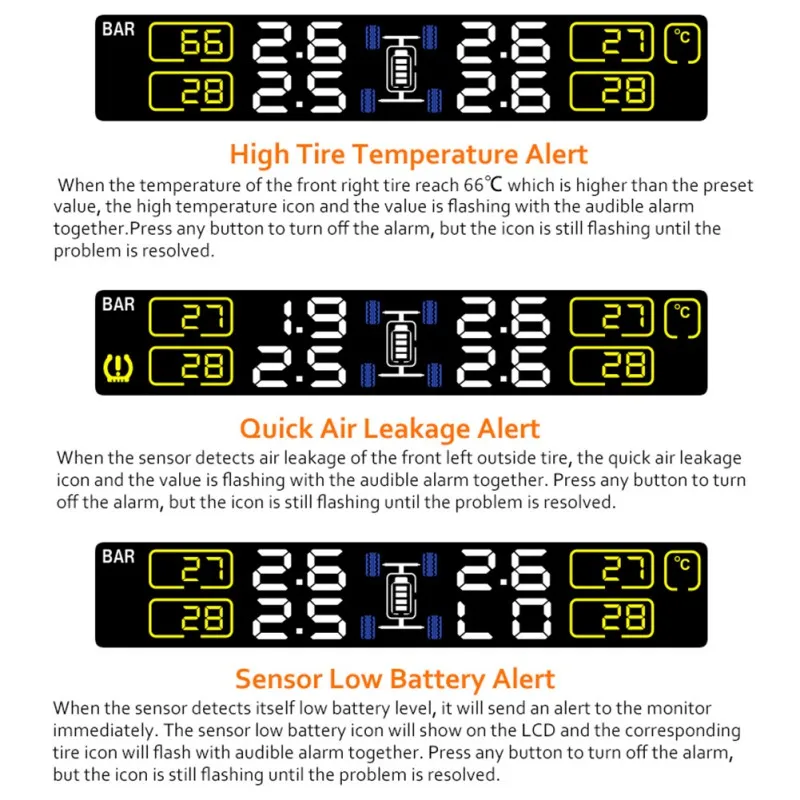
In fact, it may not be out of place to place them side by side in importance. After all, none of them is useful without the other.
There is no gainsaying therefore that, our vehicle tires need and deserve any attention we give them.
First, make sure that your tires are normally inflated. This means that they must not be either under or over-inflated by putting in the correct tire PSI recommended by the manufacturers.
Always make sure that you check your tires regularly while looking for anomalies or any odd changes. Furthermore, refrain from parking your vehicle in sunny environments by making sure that you park only under shaded trees or in roofed garages.
Check for signs of any abnormal or accelerated tire wear and tear. Doing this on regular basis will also enable you to discover any potential problems with other vehicle components, such as the wheel bearing, for instance.
Drive very carefully and apply the brakes properly too. Whenever you are cleaning or washing your vehicle tires, use only those cleaning agents recommended by the manufacturers.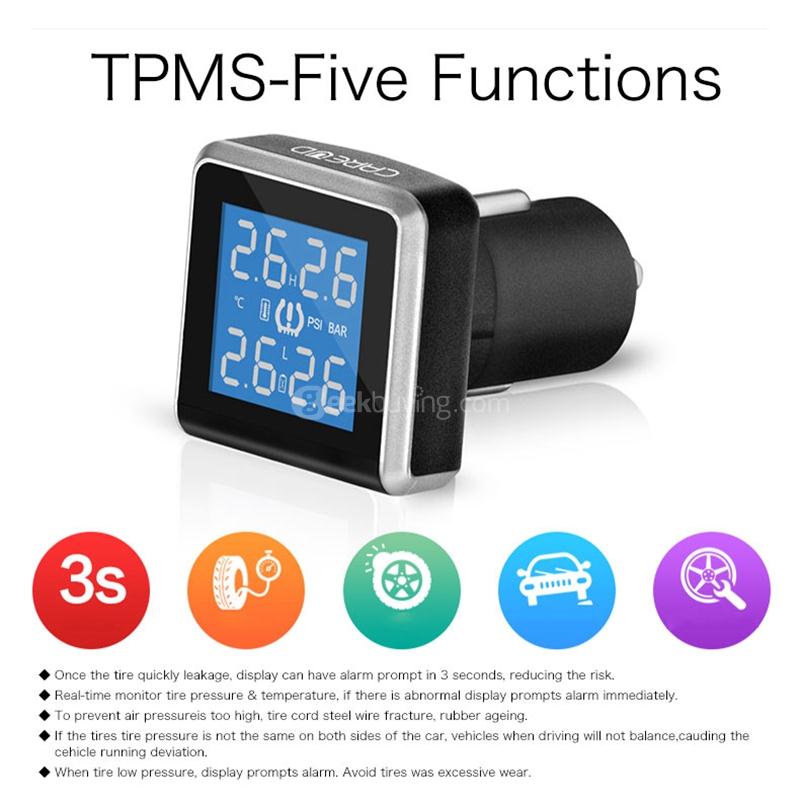
In addition, do not use tire shiners that are either injurious or corrosive to rubber or plastics.
Part of driving carefully and using your tires properly include being careful always in order to avoid hitting potholes or other obstacles that may be present on the roads.
If you maintain this stance, your tires will not be as threatened as when you don’t, regardless of the terrain or nature of the roads you commonly ply. Make sure that you always refer your tires to qualified tire specialists for all your tire issues or complaints.
The TPMS is indeed an innovation that is like no other when it comes to tire maintenance. It is primarily designed to warn or alert you whenever there is something the matter with your tires.
Because of the indispensable role it plays in effective tire maintenance, you are not at all advised to ignore it whenever its warning light is showing.Â
The moment you notice that its light is up, park at a safe place and inspect the tires very carefully.
You may really have the best of high-quality tires, but if your maintenance culture is poor, they may not be in your service for as long as they should or even as efficiently.
Whenever their parts or other accessories are not compatible, refrain from swapping them for fear of taking unnecessary risks.
In this installment of RV Mishaps, we learn what to do when your TPMS ends up causing—instead of detecting—an issue with your tires.
By Lindsey Chambers
Photo: Lindsey ChambersWelcome to RV Mishaps, a content series written by RVers about problems they’ve encountered on the road, how they solved them, and lessons learned. Have a mishap story of your own that you’d like to tell? Send us an email at [email protected].
My husband and I spent most of 2018 planning for a new life on the road, watching YouTube videos, listening to podcasts, and reading books to learn everything we could about full-time RV life.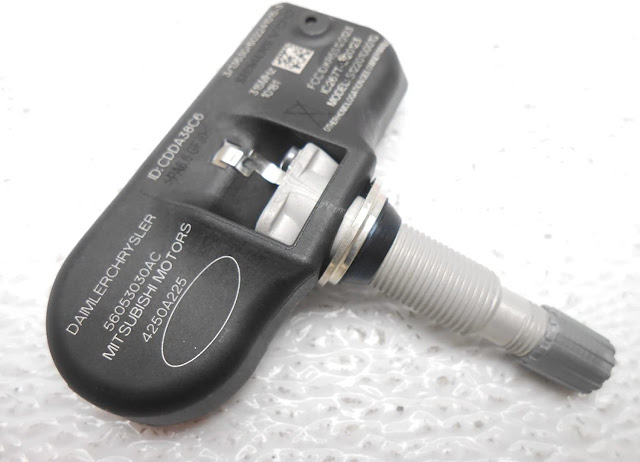 We learned that safety is of the utmost importance and that tire blowouts are one of the most common causes of accidents. According to the National Highway Traffic Safety Administration, tire blowouts cause over 75,000 accidents each year and can be both a damaging and terrifying experience. The cause for most tire blowouts? Underinflated tires.
We learned that safety is of the utmost importance and that tire blowouts are one of the most common causes of accidents. According to the National Highway Traffic Safety Administration, tire blowouts cause over 75,000 accidents each year and can be both a damaging and terrifying experience. The cause for most tire blowouts? Underinflated tires.
Related
To avoid this situation, we invested in a tire pressure monitoring system, also known as TPMS. A TPMS alerts drivers of any tire inflation issues. Most basic systems will alert when the tire pressure is low, while more high-end systems also alert for high temperatures, high pressure, and fast leakage. TPMS for travel trailers can range from $250 to more than $650, and while not inexpensive, they’re worth the investment.
Before driving off the lot with our new Airstream travel trailer in 2019, the dealership installed a TST 507 Series 4 Sensor TPMS with Color Display. The kit came with four small sensors that were added to the existing RV tire rubber stem valves and a monitor positioned nicely on our tow vehicle’s front console. The TST system has proven effective and reliable, and even offers flow-through sensors—meaning that it’s possible to add or remove air from the tires without removing the sensors.
After 14 months on the road and thousands of miles under our belts, we were ready to make our third trip across the country. We felt confident and pleased with our TPMS—it had come in handy a few times over the year, alerting us when the tire temperature was creeping up or if the pressure was a bit too low.
After a few nights of boondocking, we wanted hookups and amenities and found a site at Jordanelle State Park in Utah. As we pulled into our spot, the TPMS alarm went off, showing a slow leak coming from the rear driver’s side trailer tire. Luckily, we were settled for the week and not boondocking or driving. We assumed the leak was caused by a hole from a nail or another sharp object. Upon inspection, we noticed a hissing sound coming from the valve stem, which showed cracks and was leaking where the stem meets the tire.
During the initial search for a TPMS, we bought one that was compatible with both rubber and metal valve stems. Because metal valve stems can sometimes snap more easily, we opted to keep the standard factory rubber valve stem on our tires. What we didn’t know was that the centrifugal force of the sensor can cause the more flexible rubber stem to slowly fail over time.
Photo: Lindsey ChambersPhoto: Lindsey ChambersRelated
We considered ourselves lucky that we were in a convenient and safe location, as well as experiencing temperate weather. We were also grateful for our CoachNet roadside assistance membership. The membership covered the service call fee and our Airstream warranty covered the cost of the tire replacement. We simply called CoachNet that evening and they worked with a local tire repair service center to send someone to the campground. The technician was at our site the next morning to replace the rubber stem valve, and we were thrilled we didn’t need to be towed to a tire center.
After inspecting the failed valve stem and reading Airstream and TPMS forums, we self-inspected the valve stems on the other three tires and found that two of them were also failing. We made the decision to have all four rubber valve stems replaced with metal valve stems.
Related
While tire safety is not the most glamorous aspect of RVing, it’s definitely one of the most essential. In addition to our TPMS, here are a few tactics we use to avoid a tire mishap:
Invest in a compressor to easily fill your tires from anywhere on the road. One popular option is the Viair 00088 88P Portable Air Compressor.
Disclaimer: Togo RV is part of a joint venture, partially owned by Thor Industries, Inc. , of which Airstream is a subsidiary.
This article has links to products that were carefully selected by our editors. We may earn commission on your purchases from these links. Visit this page for the full details of our affiliate marketing policy.
Severe operating conditions (road salt, mud, temperature conditions) can lead to premature failure of the tire pressure sensor, and, as a rule, the problem does not occur with the electronic part of the sensor, but with its aluminum fitting. On most sensors, it can be replaced separately and extend the life of this part.
The AllTPMS.ru online store offers repair kits for all possible types of tire pressure sensors in the world.
TPMS sensors do not work correctly and require repair or complete replacement using a repair kit in the following cases:
• mechanical damage;
• broken nipple;
• Thread violation;
• wear of sealing gum;
In the AllTPMS.ru online store, you can choose a tire pressure sensor repair kit for a car model of any model year, starting from 1998 years. In the repair kits catalog, select the make of the vehicle in which the sensor needs to be replaced, and then the year of manufacture and model of your vehicle.
Please note that repair kits from different manufacturers differ in package contents. Repair kits for sensors manufactured by VDO-Siemens, Schrader, Beru-Huf include a fitting assembly; sensors manufactured by Pacific - a nut for fixing the sensor on the wheel and a rubber seal; TRW produces repair kits in two versions.
Timely repair of air pressure sensors will prevent malfunctions in the car. Low air pressure in tires increases fuel consumption and reduces vehicle stability. High pressure levels increase the load on the body and suspension, accelerating wear. Uneven tread wear increases the vehicle's stopping distance.
You can buy a repair kit for tire pressure sensors from well-known manufacturers by leaving a request by phone or through the order basket on the website of the AllTPMS.ru online store. Goods are promptly delivered across Russia.
The correct tire pressure is the key to your safety and saves money
Tires are the key to your safety, as they are the only link between the car and the road surface.
A recent study found that about 40% of motorists check their tire pressure less than once a year. Causes? Laziness, neglect and a false sense of economy.
If the tire pressure is incorrect, the tread cannot fully perform its functions . Driving on tires that are not inflated to the recommended pressure may result in:
What should be the air pressure in the tires?
The vehicle data sheet contains recommended pressure values, which usually range from 2 to 3 bar. Remember that the recommended pressure values for the winter season are different from the recommended values for the summer season.
How to measure tire pressure?
Tire pressure can be determined using a special tool - a pressure gauge. It is necessary to measure the pressure before the start of the trip, because when driving, due to friction, the tire heats up, and this leads to an increase in pressure.
Modern vehicles equipped with a TPMS system for constant monitoring of tire pressure notify the driver in cases of a critical deviation from the control values. Please note that vehicles equipped with indirect TPMS estimate pressures via ABS, so they do not take a direct measurement, but calculate it by calculations (possibly incorrect).
How often should tire pressure be checked?
Tire pressure should be checked at least once a month. It is advisable to check it also after long trips.
How can I tell if the tires are not properly inflated?
When the tire is flat, the contact surface with the road increases, as a result, the tread wears heavily on the sides. If the tire is overinflated, the contact area decreases and tread wear increases in the center.
Excessive tread wear is often an indicator of incorrect tire pressure.
What causes changes in tire pressure?
The air that tires are filled with is a gas, so it expands when heated and contracts when cooled. Thus, temperature is a factor influencing the change in tire pressure: from 0.07 to 0.14 bar for every 10 degrees of temperature.
In addition to tire wear (as a result of impacts, etc.), it must also be taken into account that the tire itself allows air to pass (about 5-6 hundredths of a bar per month) between the tire and the rim.
From the above, we can conclude that the correct tire pressure is a determining factor for both safety and economy. That is why Giuliano Industrial equips (as standard or optional depending on the model) all of its tire changers with the tire inflation system.
Trust your tires to the tire experts who use Giuliano equipment designed to handle rims and tires with care and for your safety.